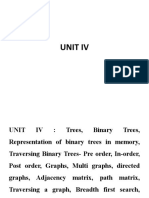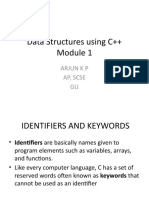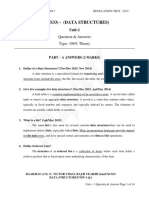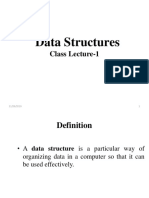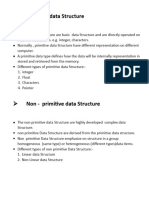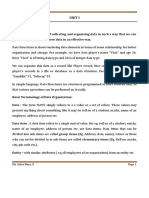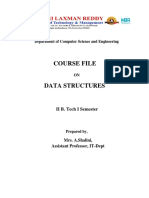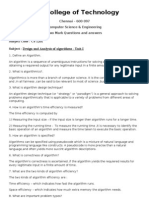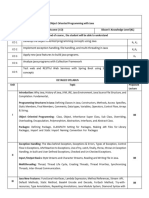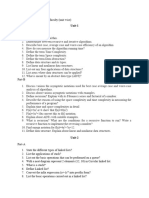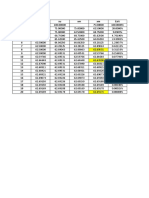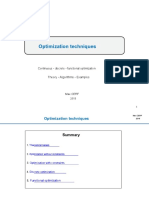Data Structures
Dr. R. Gowri
Assistant Professor
Department of Computer Applications
Sona College of Arts and Science
Salem
�Data Structure
Data Structure is a way to store and organize data
so that it can be used efficiently
A fundamental concept of any programming
language, and for algorithmic design
How data and the relationship amongst different
data is represented
Ques:
What is Data Structure?
Why Data Struture?
�Uses of Data Structure
knowledge of different kinds of data structures helps the
programmer in choosing which data structure suits the
best for solving a problem efficiently.
A problem is constrained by the space and time complexity
within which it has to be solved efficiently
Ques:
What is the necessity of Data Structure?
How Data Struture helps in solving a problem?
�Algorithms
Algorithm is a finite set of well-defined procedure for solving a problem
An algorithm is a step by step recipe for solving an instance of a problem.
An algorithm is a precise procedure for solving a problem in finite
number of steps.
Problem Solving
Problem solving is a logical process of breaking down the problem into
smaller parts, each of which can be solved step by step to obtain the final
solution.
Ques:
What is an algorithm?
What is the use of algorithm?
�Algorithm Properties
It must be correct.
It must be composed of a series of concrete steps.
There can be no ambiguity as to which step will be performed next.
It must be composed of a finite number of steps.
It must terminate.
It should be efficient and flexible
It should use less memory space as much as possible
Number of inputs: zero or more
Number of outputs: one or more
�Computer Program
A Good Program is a combination of both algorithm and a data structure
An algorithm is a step by step recipe for solving an instance of a
problem
A data structure represents the logical relationship that exists between
individual elements of data to carry out certain tasks
◦ A data structure defines a way of organizing all data items that consider not
only the elements stored but also stores the relationship between the
elements
Ques:
What do you mean by a program?
How a program is designed?
�Applications of Data Structure
Artificial intelligence
Compiler design
Machine learning
Database design and management
Blockchain
Numerical and Statistical analysis
Operating system development
Image & Speech Processing
Cryptography
Ques:
List some applications of Data Structure?
What is the Scope of Data Struture?
�Data Structure Classification
Ques:
How Data Structure classified?
What are the types of Data Struture?
List some data structures.
�Primitive Data Structure
The basic data structures that directly operate upon
the machine instructions
They have different representations on different
computers.
Integers , Floating point numbers , Character
constants , String constants and Pointers come under
this category
Ques:
What is Primitive Data
Structure?
�Non-Primitive Data Structure
Non-primitive data structure is a type of data
structure that can store the data of more than one
type.
It is for arranging the collection of homogenous data.
Examples : Array, Linked list, stack, queue, tree, sets,
graph, …
It is further classified as follows:
◦ Linear Data structure
◦ Non- Linear Data Structure
Ques:
What is Non-primitive Data Structure?
Why it is called as non-primitive Data Struture?
What are the types of non-primitive data structure?
�Linear vs Non-linear Data Structure
�Operations of Linear Data Structure
Ques:
What are the operations of Linear Data
Structure?
�Array Data Structure
�Properties of Array
�Array Types
�Example
�Linked List
�Linked List Types
�Array Vs Linked List
�Array Vs Linked List
�Stack
�Stack Implementation
�Applications of Stack
�Queue
�Queue Operations
�Applications of Queue
�Queue types
�Tree Data Structure
�Tree Data Structure
�Properties of Tree
�Binary Tree Traversal
�Binary Tree Traversal
�Binary Tree Traversal
�Graph
A graph is defined as G = (V, E), where V is the set of vertices
(nodes) and E is the set of edges (arcs) connecting the vertices.
An edge is represented as a pair (u, v).
Types of Graphs
1. Directed graph
2. Undirected graph
Undirected Graph
In an undirected graph, the pair of vertices representing any
edge is unordered.
Thus, the pairs (v1, v2) and (v2, v1) represents the same edge.
��Graph Terminologies
